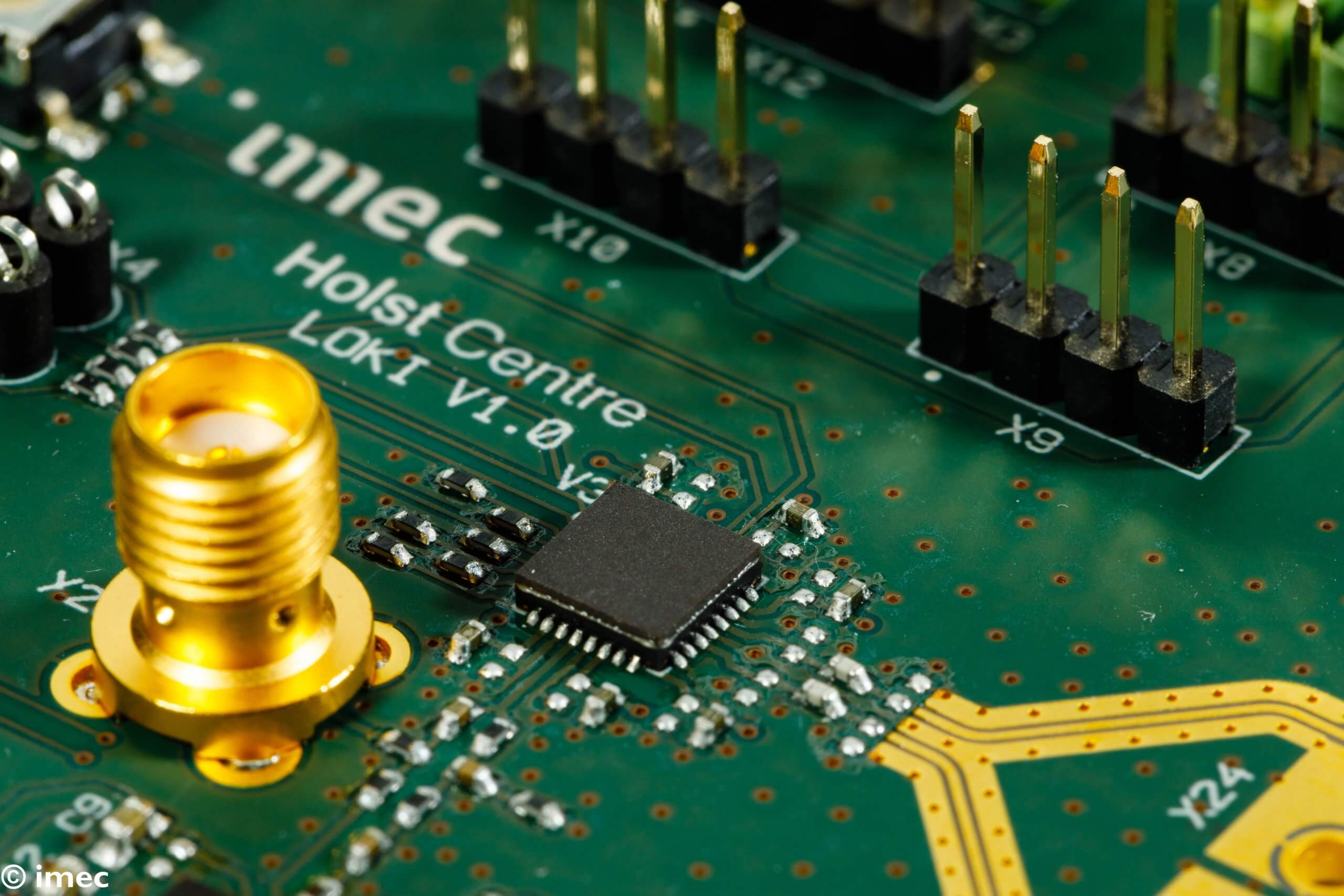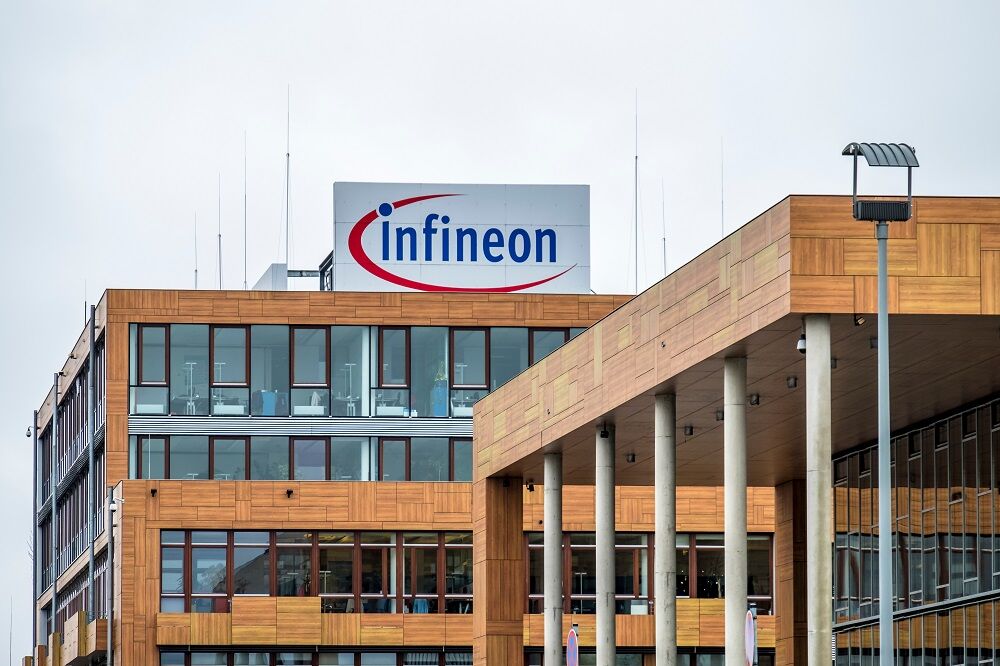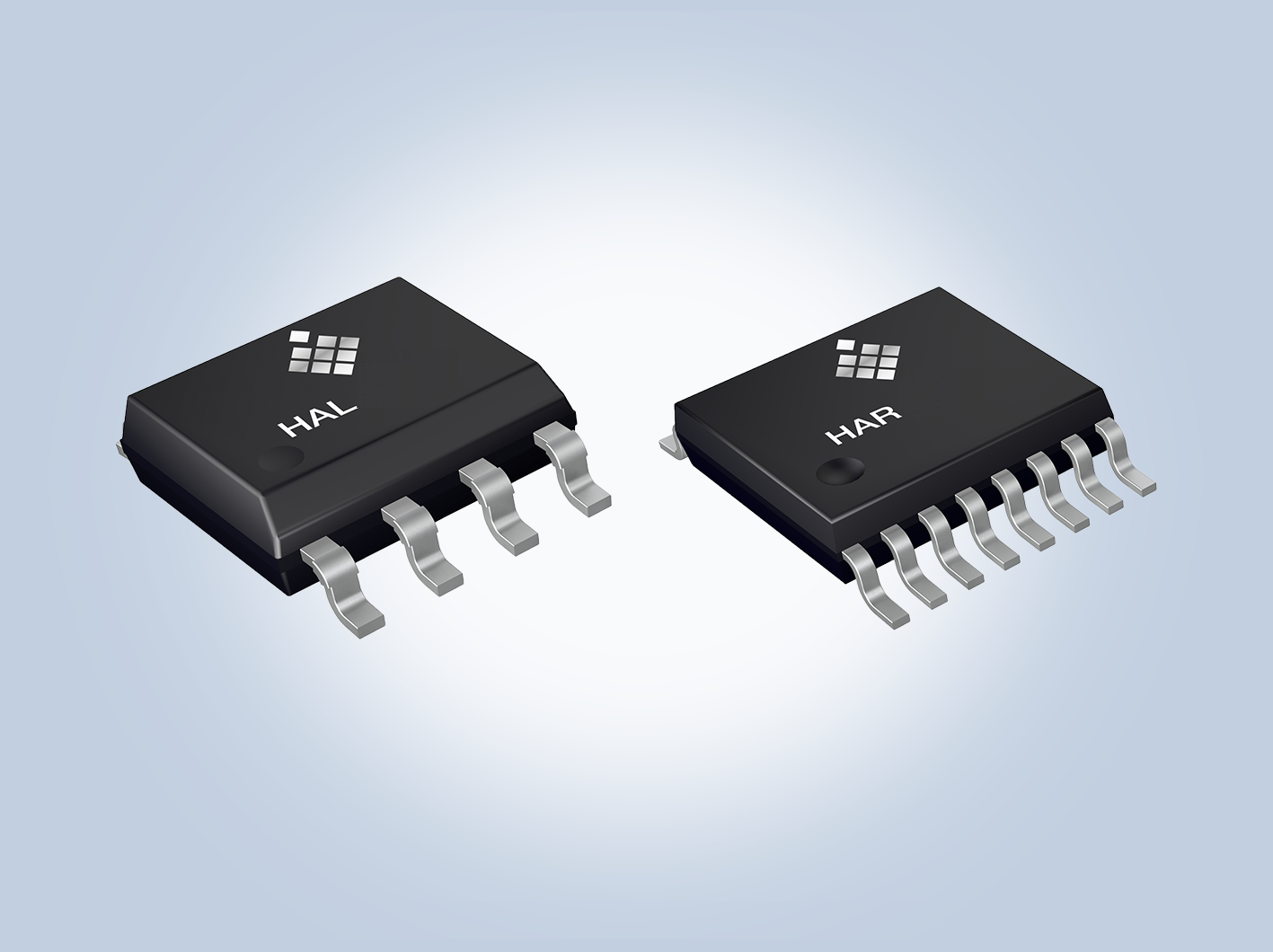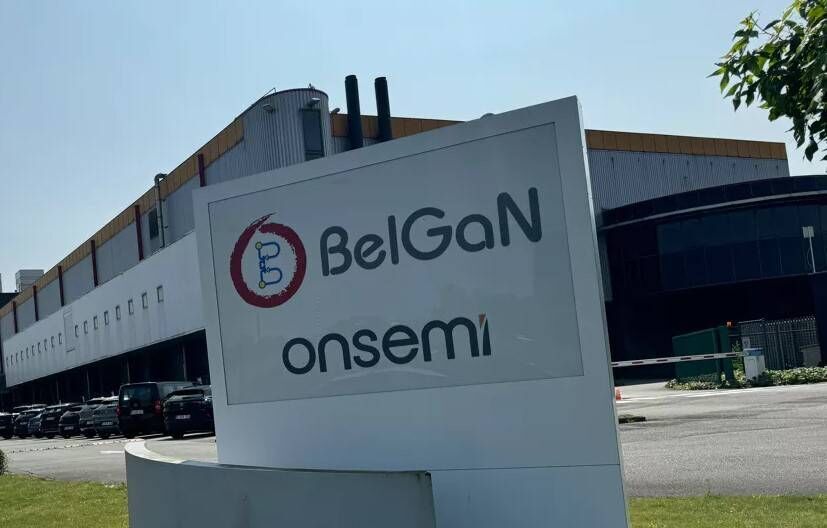Imec, the world's leading research and innovation hub in nanoelectronics and digital technologies, recently showcased the first IEEE 802.15.4z impulse-radio ultra-wideband (IR-UWB) transmitter chip striking a balance between UWB’s accurate and secure ranging capabilities for indoor localization and the need for increased energy efficiency.
Fabricated in 28nm CMOS (with an occupied core area of only 0.15mm²), the chip aims to enable the next generation of cost-effective, small form-factor UWB deployments. It has been custom-developed to achieve a record-low power consumption of 4.9 milliwatt (mW) in a standard-compliant operation, while adhering to UWB’s stringent spectral emission regulations. It is also the first sub-5mW IR-UWB transmitter chip to comply with the newly released IEEE 802.15.4z standard for even more accurate and secure UWB ranging measurements.
Indoor localization and micro-location applications are becoming increasingly popular. Think of keyless entry solutions for vehicles, hotels and office buildings, and asset tracking in warehouses or factories. Intrinsically, ultra-wideband technology is perfectly suited to accommodate accurate and secure ranging for indoor localization use-cases. Even more so since last year’s introduction of the IEEE 802.15.4z standard, enhancing UWB’s physical layer to increase its ranging measurements’ integrity and accuracy. Yet, UWB’s power budget has been limiting the technology’s widespread adoption – in favor of its Bluetooth Low Energy (BLE) contender, which came with a power consumption that is more than 10 times lower.
“Hence, the IR-UWB transmitter chip we showcase at ISSCC is no less than a gamechanger in the domain of high-accuracy and secure ranging for indoor localization,” explains Christian Bachmann, program manager UWB and Bluetooth Secure Proximity at imec. “Its innovative, digital-intensive architecture has been fabricated in a 28nm CMOS process – leading to an area use of only 0.15mm². And it comes with a record-low power consumption of 4.9mW, which is ten times lower than the power budget of state-of-the-art UWB products.”
“This research effort is part of imec’s strategy to make UWB an ultra-low-power and cost-effective technology option for a new generation of small, battery-powered micro-location and indoor localization use-cases,” he adds.
The chip builds on an innovative digital polar transmitter architecture to significantly reduce the IC’s power consumption to only 4.9mW. Additionally, injection-locked ring oscillator (ILRO)technology allows to achieve even greater power savings – by enabling fast duty cycling between the IR-UWB transmitter’s signal bursts within a packet and allowing parts of the transmitter to be turned off between those pulses.
Equally important, imec’s IR-UWB transmitter chip complies with the stringent worldwide spectrum regulations that dictate in which frequencies the UWB transmitter can emit – as to avoid interference with other wireless services. To that end, the imec researchers propose an asynchronous pulse shaping design that meets the international spectral emission regulations in the 3-10GHz bands, while allowing the transmitter to operate closely to the maximum power spectral density (PSD).
“This breakthrough is the latest addition to imec’s track record when it comes to the development of micro-location technologies and ultra-low-power digital RF circuits. Yet, our ambition reaches much further than developing a sole UWB transmitter. What we are working towards, is the design of a complete transceiver – including novel high-performance ranging, direction finding and localization algorithms – that will allow our partners to fully explore the opportunities brought by next-gen UWB. Opportunities that might even extend to future radar-like applications, whereby UWB is not just used to measure the distance between two UWB radios – but also to detect passive objects,” Bachmann concludes.
More information please visit https://www.imec-int.com/en/5G-and-wireless-iot-communication/ultra-wide-band-uwb-technology.












All Comments (0)